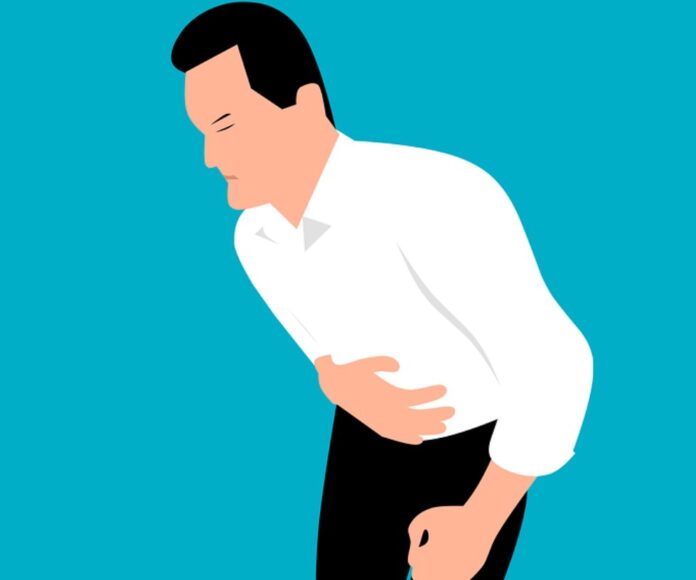Are you suffering from a hernia or have a loved one who has one?
This common bodily issue may become a source of pain for you and discomfort for your loved one. Repairing a hernia is not as simple as seeing a doctor and getting them to do surgery to fix it.
So how is a hernia repaired? Read on to find out everything you need to know about hernia repair.
Symptoms of Hernia
Before anything else, it is important to identify the signs that you have a hernia. Several different symptoms get associated with a hernia.
Common symptoms include pain or discomfort, a lump or bulge, and tenderness or burning in the affected area. In some cases, a hernia may also cause nausea, vomiting, and bloating.
If you experience any of these symptoms, it is important to see a doctor as soon as possible. A doctor can provide you with a proper diagnosis and treatment.
Open Surgery
Open surgery is a type of hernia treatment performed to close a hole in the abdominal muscles. This type of hernia surgery gets done through an incision in the skin over the hernia.
The surgeon will push the hernia back into place and then stitch the hole in the abdominal muscle closed. In some cases, a piece of mesh may get used to help close the hole.
Laparoscopic Surgery
A hernia is often repaired through laparoscopic surgery, which is minimally invasive. The surgeon will make small incisions in the abdomen and insert a small tube with a camera attached, called a laparoscope.
This gives the surgeon a clear view of the abdominal cavity. The surgeon will then repair the hernia by sewing it back in place. The incisions are then closed with staples or sutures.
Hernia Surgery Risks
There are several risks associated with hernia surgery. Keep in mind though that the vast majority of patients do not experience any serious complications.
Infection is always a risk with any surgery, and hernia surgery is no exception. The surgical wound may also become irritated or healing may be slower if the wound is not kept clean and dry.
Other more serious risks associated with hernia include bleeding and damage to nearby organs. In some cases, it can also cause blood clots.
Non-Surgical Hernia Treatments
There are several non-surgical treatments for hernias. One example is wearing a truss. A truss is a device that supports the hernia and keeps it from protruding.
There are also several exercises that you can do to strengthen the muscles around the hernia. This can help keep it from protruding.
Aside from these, there are several dietary changes that you can make. These include avoiding constipation and straining during bowel movements.
How is a Hernia Repaired?
If you have a hernia, it is important to see a doctor to have it repaired. So how is a hernia repaired? Surgery may not be the only way to fix a hernia but it is one of the most effective approaches.
Recovery from surgery takes a few weeks. During this time, you will likely need to take it easy and avoid strenuous activity.
Check out the health section of our website for more information and insights.










